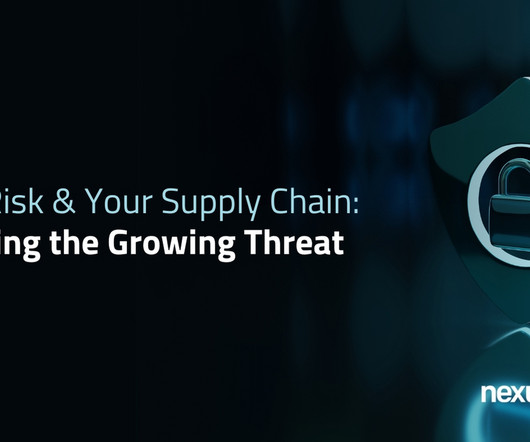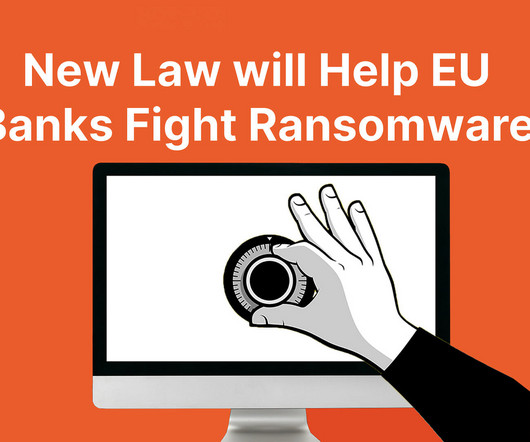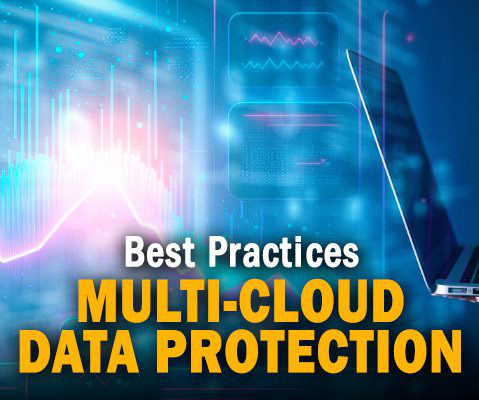Cyber Risk & Your Supply Chain: Managing the Growing Threat
NexusTek
JANUARY 17, 2024
Gartner predicts that by 2025, 45% of businesses will have experienced a cyberattack on their supply chain 2. security awareness training, encryption, authentication, monitoring, backup, patching), your policies should also make explicit your security requirements for suppliers.












Let's personalize your content